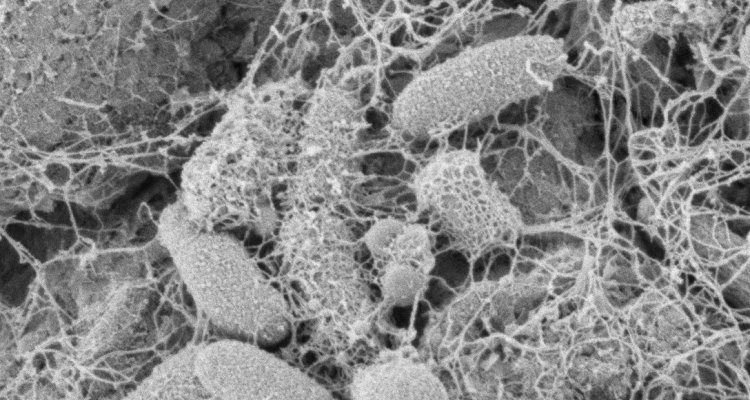
Project
Biological suppression of plant-parasitic nematodes
Root-knot nematodes (i.e. Meloidogyne sp.) and potato cyst nematodes (i.e. Globodera sp.) are responsible for enormous agricultural losses each year, but limited management tools are available. In this project, we study the potential of natural soil organisms to control these pathogenic nematodes in potato cultivation.
Background
To control plant-parasitic nematodes, various management strategies can be applied, such as the cultivation of resistant crops. However, these strategies often do not suffice and therefore there is an urgent need to develop additional management tools to control plant-parasitic nematodes. A promising control tool is the exploitation of the disease suppressive potential of soils. Disease suppressiveness is defined as the endogenous ability of the soil microbiome to suppress the multiplication and proliferation of pathogens. Disease suppressive soils have been widely studied, but due to the lack of insight in the working mechanism, how to manipulate it and how to predict the phenomenon, it is barely used as management tool.
Project description
This project seeks to characterize the complex of biological actors that underlies disease suppressiveness and to develop handles to steer suppressiveness in arable soils. To achieve this, we will first identify suppressive soils and verify the microbial origin of the disease suppression in controlled greenhouse experiments. We will then use next-generation sequencing technologies to characterize both the resident (rDNA) and active (rRNA) microbial communities of these soils. Subsequently, we will identify agronomic variables that are associated with the suppressive state of arable soils. By combining microbiome data with the agronomically most promising variables, we want to develop handles for end-users to exploit the native suppressive potential present in their fields.